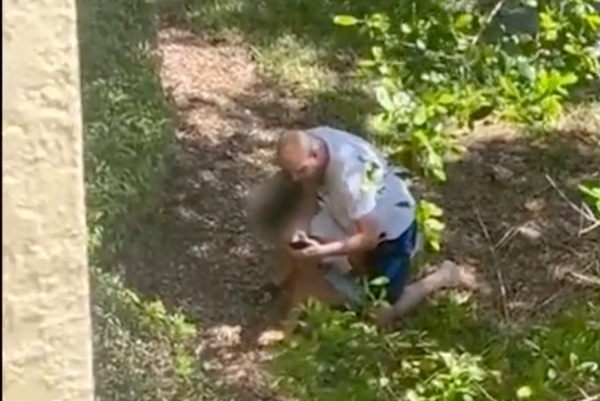New technology is being rolled out across key cotton and grain growing regions to help prevent crop damage from spray drift as farmers face millions of dollars in losses.
Spray drift is the airborne movement of agricultural chemicals outside a target area.
Every cotton valley across Australia has been affected by moderate to severe spray drift incidents this year.
Cotton Australia general manager Michael Murray said there was no doubt the situation had been exacerbated by seasonal conditions which had been conducive for weed growth.
"The weather induced delays to winter harvest means that in some instances weed control is occurring later than usual," Mr Murray said.
It comes as Biosecurity Queensland investigates a large-scale spray drift event which hit up to 30,000 hectares of cotton on the eastern Darling Downs in Southern Queensland.
"Biosecurity Queensland is looking into a range of matters however these can be lengthy processes," a spokesperson said.
"It is too early to speculate about possible compliance outcomes."
Cotton Australia and Grain Producers Australia are calling for tighter regulations and expanded enforcement activity to stop spray drift damage.
Grain Producers Australia southern director Andrew Weidemann said a strong and effective regulatory system was needed to maintain public trust and confidence in the use of pesticides.
New technology
After a lot of cases of spray drift damage in 2016, researchers at Cotton Research Development Corporation and Grains Research Development Corporation have been studying a specific weather phenomenon that can cause spray drift.
They have developed a Weather and Networked Data (WAND) system to detect surface temperature inversion, which happens when a layer of cool, still air is trapped below warmer air close to the ground.
During a hazardous surface temperature inversion there is less turbulence than during a normal day.
Airborne droplets of chemicals can remain concentrated in the layer of cool air and then be carried long distances.
A network of 100 speciality towers is being erected between central Queensland and the New South Wales-Victorian border.
It is expected to be fully functioning by the end of the month.
Growers and contractors can use an app to access real-time data for free.
There have been 100 new users signing per week sign up for the service since its launch in December last year.
Cotton Research Development Corporation research and development manager Susan Mass said the app told people whether or not they should be spraying.
"This is allowing people to make that assessment with a little bit of information to support them," she said.
"The problems occur when people are spraying during a hazardous inversion."
'Another tool in the toolbox'
Emerald in Queensland's Central Highlands is experiencing one of its biggest cotton plantings in years.
There is 20,000 thousand hectares under crop in the region after wet weather led to 100 per cent water allocations from Fairbairn Dam.
Cotton grower Renee Anderson said it had been five or six season since such a large area was planted.
But even such a good season has been tainted with spray drift.
"I've got a couple of individual plants that have damage," Ms Anderson said.
"Which is inversion related when you just have like a plant here or there."
Ms Anderson said growers were excited about the new technology.
"It provides us with an extra layer of information," she said.
Ms Anderson said she already used weather stations on her farms to decide whether or not to spray.
But she said the new system was more specific.
"[You can] really quickly identify if things are going to change or if you're in a surface temperature inversion, or hazardous inversion," she said.
"It shows up quite bright red — so it's really quick snapshot to make a really sound decision on whether you should be applying chemistry or not."
Condamine farmer Ben Taylor said he had been using a WAND tower since it came online late last year.
But he said unreliable mobile phone reception was a challenge.
"It's an ongoing battle that we all have to deal with and it's very frustrating," he said.
"It's another example of why we need more mobile phone boosters."
Mr Taylor said the technology had proven to be accurate during recent spraying jobs.
"It's just another tool in the toolbox to be able to use and make a decision particularly around your last load for the day," he said.
Mr Taylor said the technology could also be used retrospectively.
"It might be handy in that circumstance to just clarify a few possible issues with a with a neighbour or worker," he said.







